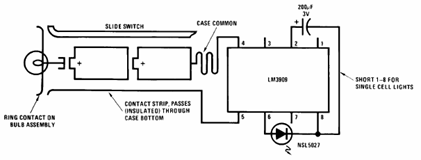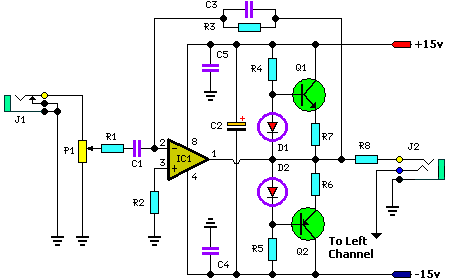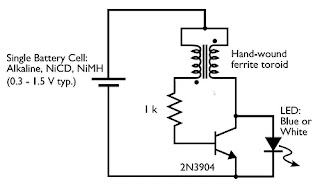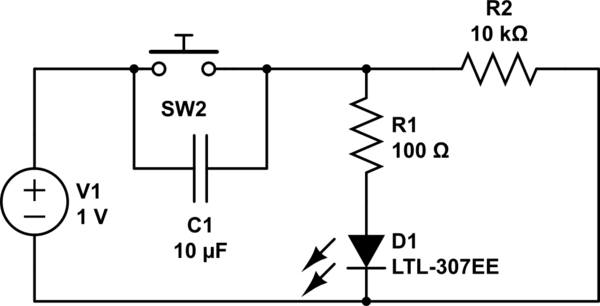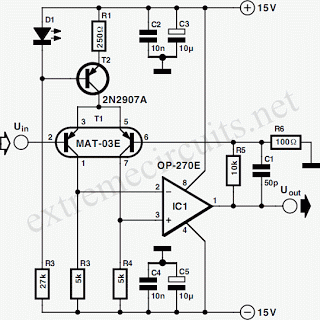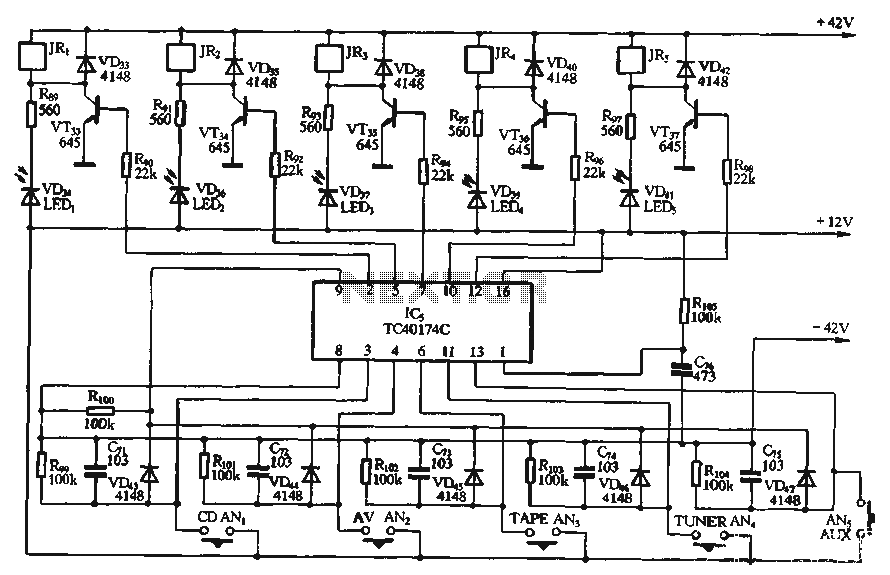
Operational Amplifier Video Tutorial and super microphone circuit with LM324
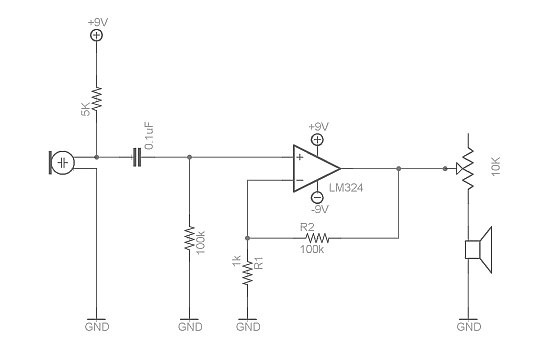
Afroman discusses the fundamentals of utilizing an operational amplifier to amplify small voltage signals and constructs a circuit designed to detect very faint sounds using a microphone. For further details about amplifiers, it is recommended to search for inverting amplifier, non-inverting amplifier, instrumentation amplifier, class A amplifier, class B amplifier, and class AB amplifier.
Operational amplifiers (op-amps) are versatile components widely used in electronic circuits for signal amplification. In the context of amplifying tiny voltages, the op-amp can be configured in various ways, including inverting and non-inverting configurations. The inverting amplifier setup allows for a gain that is determined by the ratio of two resistors, while the non-inverting amplifier configuration provides a gain that is one plus the ratio of the feedback resistor to the input resistor.
To construct a circuit for listening to faint sounds, a microphone is typically connected to the input of the operational amplifier. The microphone converts sound waves into electrical signals, which may be very weak. The op-amp amplifies these signals to a more manageable level for further processing or output.
In designing such a circuit, considerations must be made regarding the power supply for the op-amp, the choice of resistors for setting the gain, and the type of microphone used, whether it be dynamic, condenser, or electret. Additionally, it is crucial to implement appropriate filtering techniques to eliminate noise and enhance the clarity of the amplified audio signal.
For those interested in deepening their understanding of amplifiers, exploring the various types such as instrumentation amplifiers, which are designed for precise low-level signal amplification, and class A, B, and AB amplifiers, which refer to different classes of operation based on efficiency and linearity, will provide valuable insights into their applications in audio and signal processing.Afroman goes over the basics of how to use an operational amplifier to amplify tiny voltages, and builds a circuit to listen to very faint sounds with a microphone. For more information about amplifiers, Google inverting amplifier non-inverting amplifier instrumentation amplifier class A amplifier class B amplifier class AB amplif
ier and that should give you a lot to chew on. 🔗 External reference
Operational amplifiers (op-amps) are versatile components widely used in electronic circuits for signal amplification. In the context of amplifying tiny voltages, the op-amp can be configured in various ways, including inverting and non-inverting configurations. The inverting amplifier setup allows for a gain that is determined by the ratio of two resistors, while the non-inverting amplifier configuration provides a gain that is one plus the ratio of the feedback resistor to the input resistor.
To construct a circuit for listening to faint sounds, a microphone is typically connected to the input of the operational amplifier. The microphone converts sound waves into electrical signals, which may be very weak. The op-amp amplifies these signals to a more manageable level for further processing or output.
In designing such a circuit, considerations must be made regarding the power supply for the op-amp, the choice of resistors for setting the gain, and the type of microphone used, whether it be dynamic, condenser, or electret. Additionally, it is crucial to implement appropriate filtering techniques to eliminate noise and enhance the clarity of the amplified audio signal.
For those interested in deepening their understanding of amplifiers, exploring the various types such as instrumentation amplifiers, which are designed for precise low-level signal amplification, and class A, B, and AB amplifiers, which refer to different classes of operation based on efficiency and linearity, will provide valuable insights into their applications in audio and signal processing.Afroman goes over the basics of how to use an operational amplifier to amplify tiny voltages, and builds a circuit to listen to very faint sounds with a microphone. For more information about amplifiers, Google inverting amplifier non-inverting amplifier instrumentation amplifier class A amplifier class B amplifier class AB amplif
ier and that should give you a lot to chew on. 🔗 External reference
